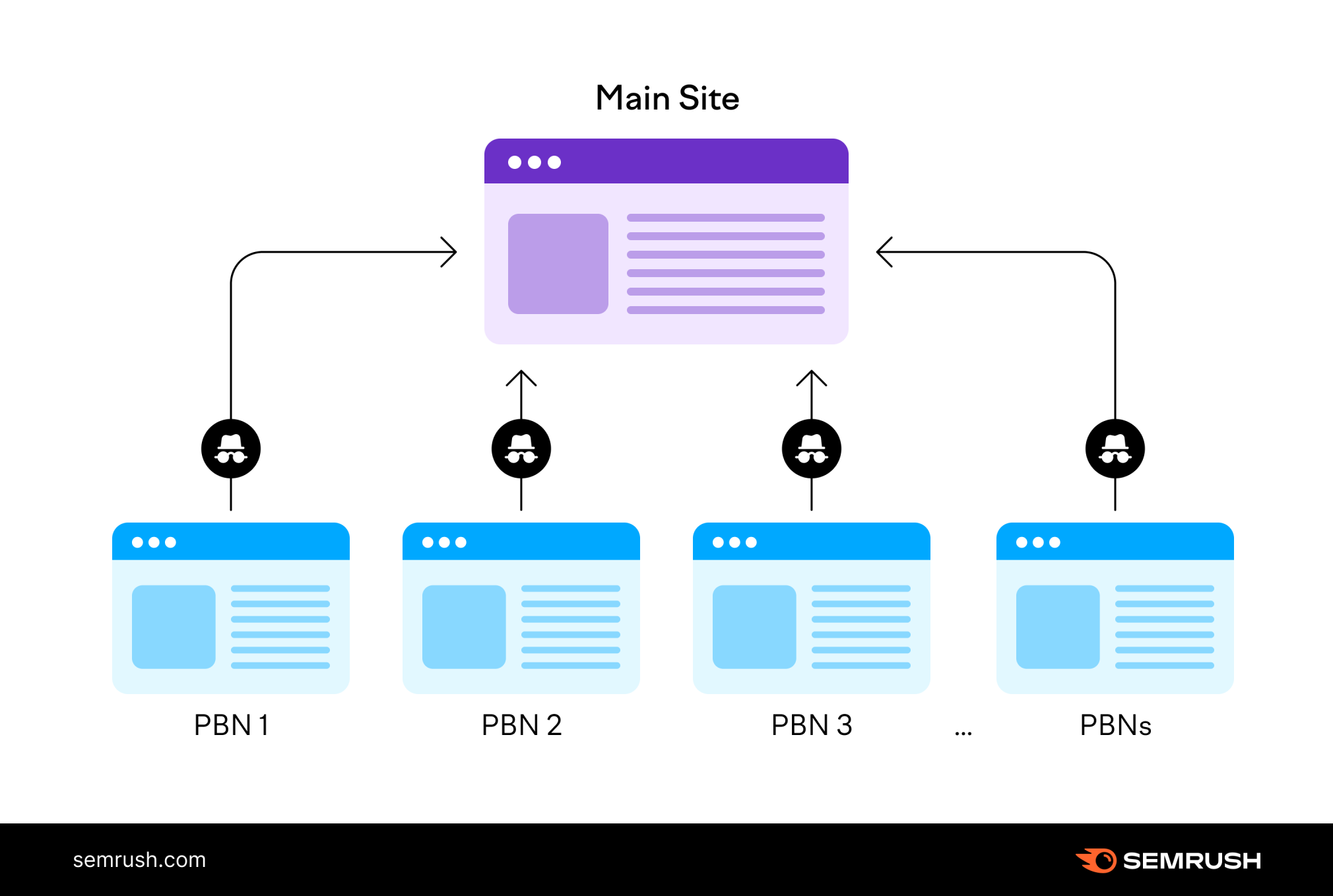All Categories
Featured
Table of Contents
- – Whats The Most Popular Semantic Seo Strategies...
- – What Is The Most Suitable Best Semantic Seo To...
- – Where To Buy The Top Nlp For Semantic Seo
- – What Is The Leading Semantic Seo Platform Ser...
- – What Is The Leading Semantic Seo Optimizatio...
- – What Is The Most Practical Seo With Semantic...
- – Which Is The Leading Semantic Seo Framework ...
The web is changing, coming to be an increasing number of semantic. SEO is additionally transforming and becoming much more semantic. This is because internet search engine have developed and are relocating an increasing number of towards checking out content on the internet. Obviously, that has likewise transformed the way we produce material, particularly if we wish to rate far better in the internet search engine.
, the pioneer of the Web, mentioned to stand for the idea that all things in the world are deeply interconnected. Intertwingularity is not typically recognized, people keep pretending they can make things deeply hierarchical, categorizable and consecutive when they can not. Everything is deeply intertwingled. Based upon the partnerships between search intentions, the internet search engine prefers a web content in placing by calculating the distance in between the vectors of definition.
It allows you to see, beginning with a topic, all the entities that relate to that subject. This means you can clearly see which entities/concepts/ideas have currently been covered on your website, and you can uncover brand-new chances by understanding what content you can add and how to develop it.
Whats The Most Popular Semantic Seo Strategies To Buy
It has the ability to make your content reasonable for search engines on the one hand and for your audience on the various other. Structuring your material design highlights your web content and its hidden partnerships to ensure that internet search engine can identify you amongst hundreds of items of info, making you more visible to customers who fulfill the search intent pertaining to your service.
In semantic search engine optimization copywriting, an editor begins with a wider variety of topics and tailors the web content to consist of semantically relevant terms and expressions that assist readers understand a topic, comparable to checking out material in a wiki. From a content creating perspective, one useful method to do this is to develop a vocabulary of terms and inquiries surrounding your target subject.
What Is The Most Suitable Best Semantic Seo Tools To Get Right Now
Discover more about by viewing the by!.

Semantic search describes the process of how internet search engine recognize and match search phrases to a searcher's intent in organic search results page. Before semantic search, internet search engine like Google ran like matchmakersaligning specific words in your question with those precise words on web pages. The results were simple however often did not have depth.
Where To Buy The Top Nlp For Semantic Seo
It allows Google to use quick, precise response to browse questions about real-world subjects. When you kind a question word right into Google, you're not just getting in a sequence of words. You tap into a complex internet of definitions and links. Google's Knowledge Graph sees these words as entities with context and partnerships.
When you search for "Apple," Google doesn't just see a word that explains a fruit. It acknowledges Apple as a company and can provide associated details. It was Google's response to the surge of voice searches, where questions came to be much more conversational and nuanced.
What Is The Leading Semantic Seo Platform Service In My Area?
By incorporating NLP, Hummingbird allowed Google to move past simple keyword matching. It aided the search engine comprehend search intent, increasing the odds that results would accurately match the reason behind a customer's search. As the third most vital ranking variable after material and links, RankBrain has actually enhanced Google's semantic search capacities to comprehend the meaning of search queries.
Making it extra reliable at taking care of never-before-seen search queries. RankBrain thinks about even more than simply search phrases when analyzing a search question.
It fetches results that match the keyword phrases and align with the total intent of providing puppy training guidance. And if the individual often looks for dog-related content, Google could focus on a lot more detailed training guidesrecognizing the customer's ongoing passion in the topic. Incorporating technologies like the Understanding Graph, Hummingbird, and RankBrain, semantic search assists the Google formula interpret and link information across a large web of info.
What Is The Leading Semantic Seo Optimization Tools Service
The emphasis changes from keyword choice to an alternative technique encompassing customer intent, topical significance, and overall individual experience. Creating web content that resolves the searcher's needs with extensive information can boost your SERP rankings.
A wider method to material aligns better with semantic search's shift away from exact keyword matching and towards customer intent. Material that covers search inquiries a lot more extensively not only satisfies customers.
And five times more than sites that take 10 seconds to load. While technological SEO makes sure optimal site performance and access, concentrating on user experience (UX) takes it a step further. UX aims to create an aesthetically appealing, user-friendly interface with interesting, top quality web content that encourages visitors to remain. Semantic search innovation enables internet search engine to go for outcomes that provide the very best feasible UX.
What Is The Most Practical Seo With Semantic Search To Have

All display Google's capability to attend to a topic query thoroughly. By understanding the context and intent behind user queries, online search engine can supply more appropriate info and possibly enhance user involvement. Personalization in search results produces much better UX.Based on your past search history and choices as a user, semantic search assists online search engine customize the outcomes to match your one-of-a-kind requirements and interests.
It brings outcomes that match the search phrases and line up with the overall intent of supplying puppy training guidance. And if the user regularly looks for dog-related web content, Google could focus on extra in-depth training guidesrecognizing the individual's ongoing passion in the topic. Combining modern technologies like the Expertise Graph, Hummingbird, and RankBrain, semantic search assists the Google formula analyze and connect data throughout a large web of information.
Which Is The Leading Semantic Seo Framework Company
The focus changes from keyword selection to an alternative method including customer intent, topical significance, and overall user experience. Creating material that deals with the searcher's demands with thorough info can improve your SERP rankings. Below, we detail the patterns and practices that consolidate the demand for semantically educated material. Later on, we give workable ideas to transform these insights right into ideal methods.

A more comprehensive method to material aligns better with semantic search's shift away from specific keyword phrase matching and toward user intent. Material that covers search inquiries a lot more extensively not just satisfies customers.
UX intends to create an aesthetically attractive, easy to use user interface with interesting, top quality material that encourages site visitors to stay. Semantic search innovation allows search engines to aim for results that give the ideal feasible UX.
All showcase Google's capability to resolve a topic question thoroughly. By recognizing the context and intent behind user queries, internet search engine can deliver more appropriate info and possibly boost customer involvement. Customization in search engine result produces much better UX.Based on your past search history and preferences as a user, semantic search aids look engines tailor the outcomes to fit your special needs and interests.
Table of Contents
- – Whats The Most Popular Semantic Seo Strategies...
- – What Is The Most Suitable Best Semantic Seo To...
- – Where To Buy The Top Nlp For Semantic Seo
- – What Is The Leading Semantic Seo Platform Ser...
- – What Is The Leading Semantic Seo Optimizatio...
- – What Is The Most Practical Seo With Semantic...
- – Which Is The Leading Semantic Seo Framework ...
Latest Posts
A Top Semantic Seo Best Practices
What's The Most Reliable Semantic Keywords Brand
What Is The Premier Semantic Search Ranking Improvements Company
More
Latest Posts
A Top Semantic Seo Best Practices
What's The Most Reliable Semantic Keywords Brand
What Is The Premier Semantic Search Ranking Improvements Company